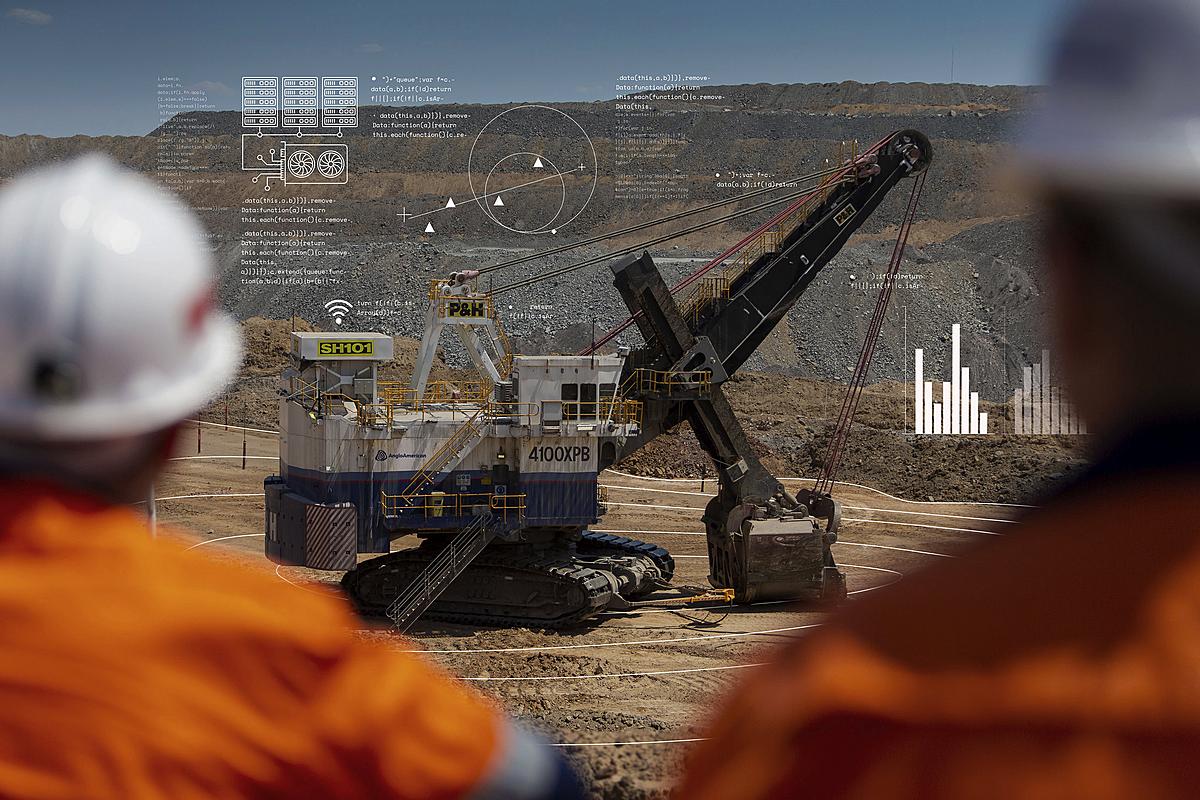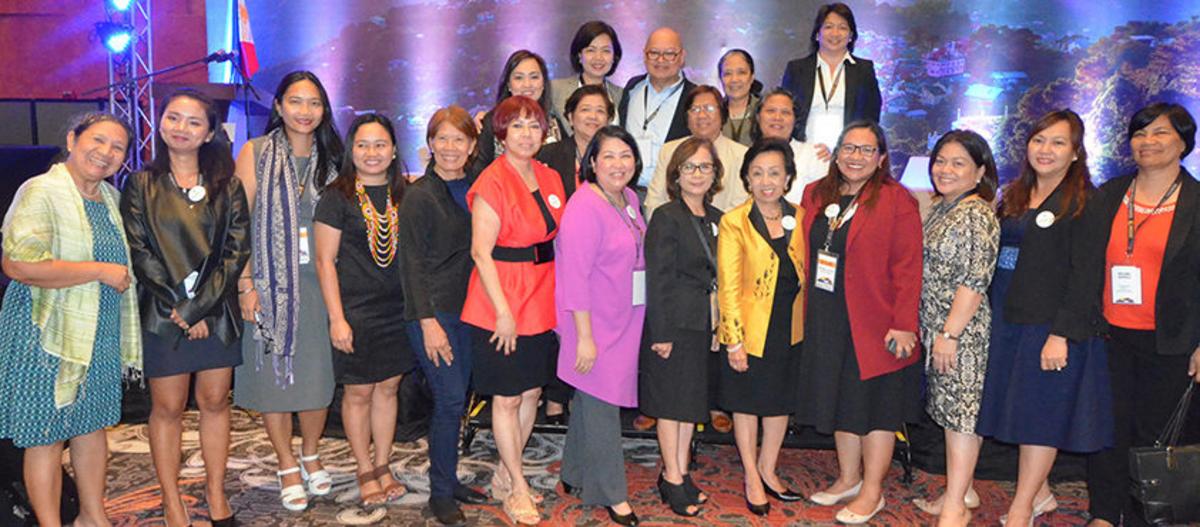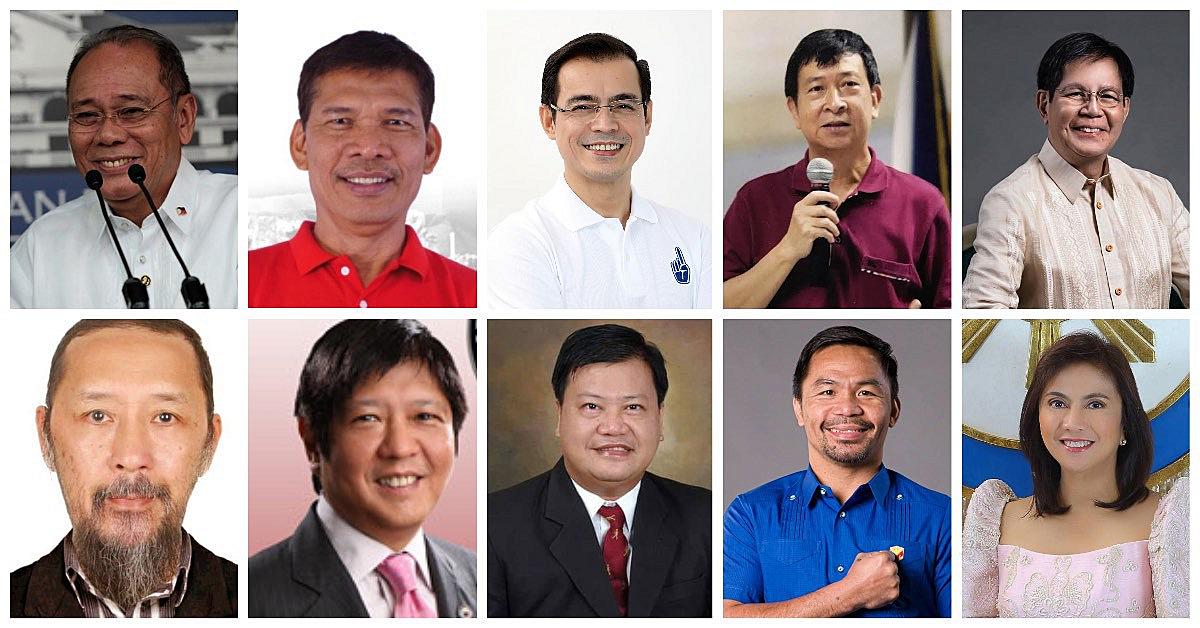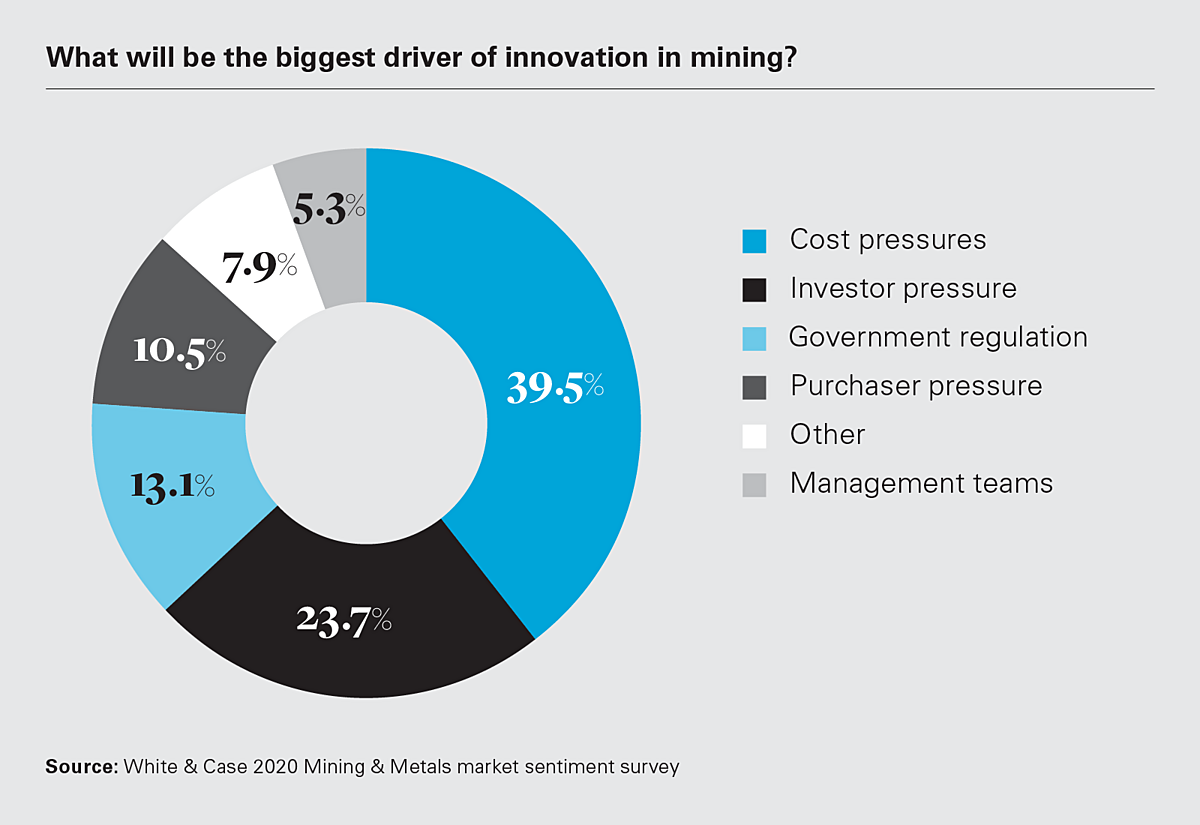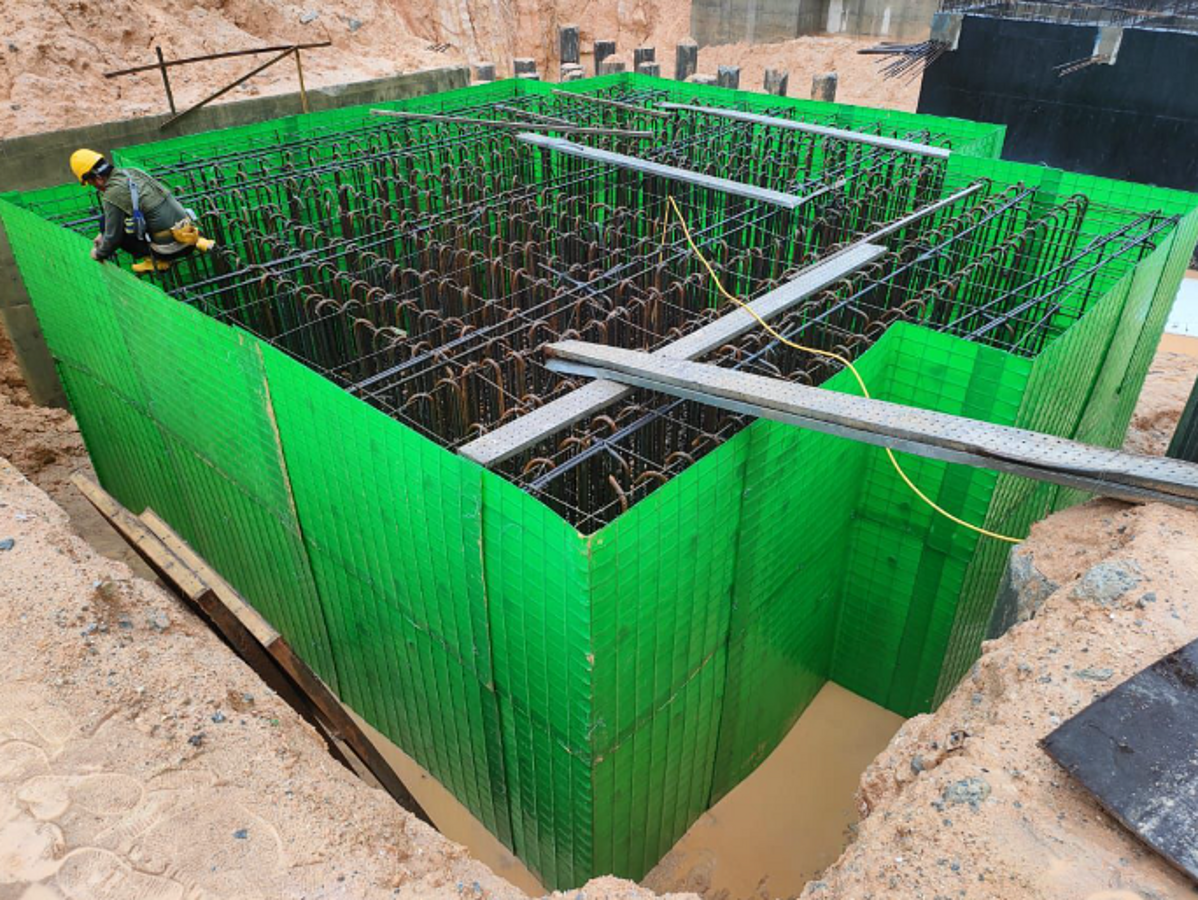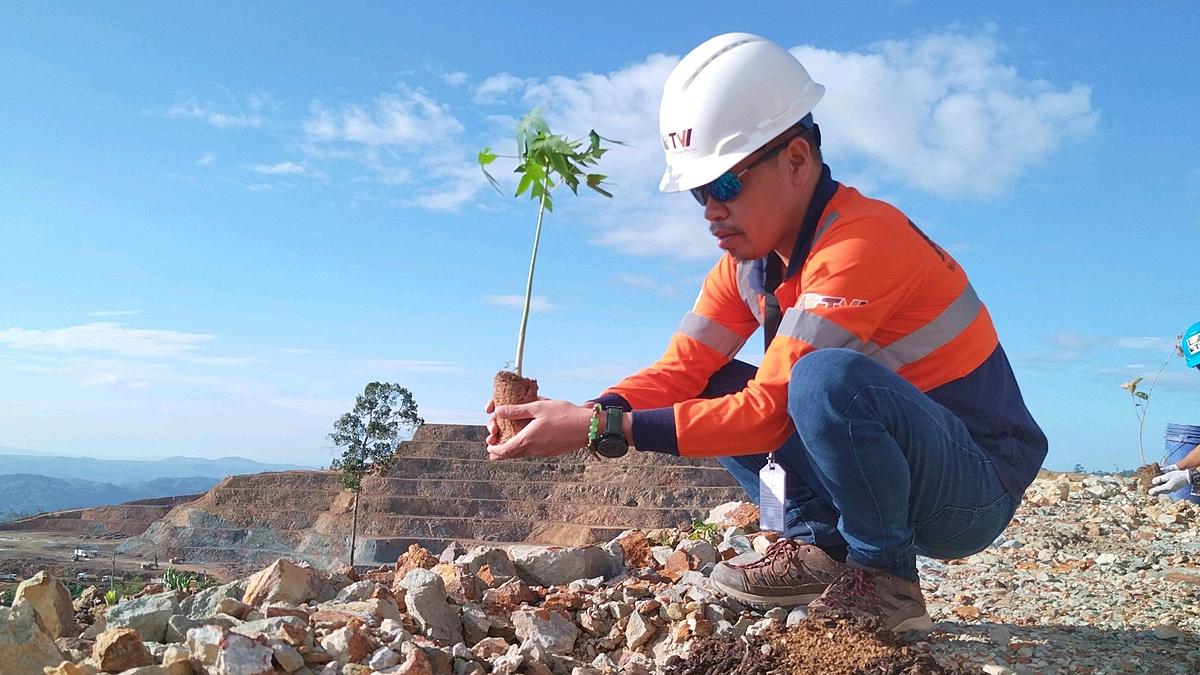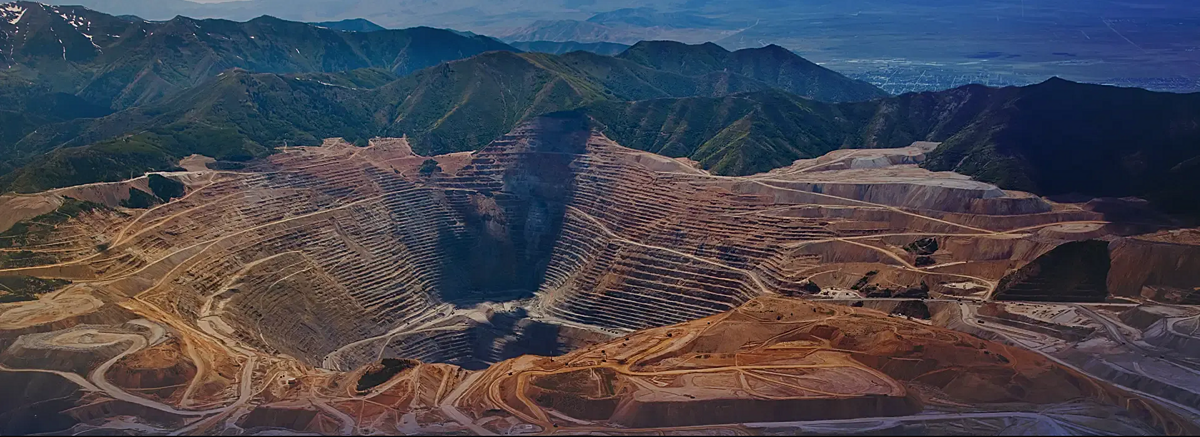In my previous column, I had mentioned that, in the Stakeholders’ Forum on Recent Policy Issuances Relating to Mining conducted by the Mines and Geosciences Bureau (MGB) last June, hopes were raised that the ban on open pit mining would finally be lifted. In response to a question in the open forum, MGB Director Wilfredo Moncano stated that the repealing clause of the draft Implementing Rules and Regulations (IRR) of Executive Order No. 130 (EO 130) would refer to Department Administrative Order 2017-10 (DAO 2017-10) on the ban on open pit mining. Thus, while EO 130 itself does not explicitly refer to the lifting of the ban on open pit mining, the intent was to lift it since, in the proposed IRR, Section 11 referred to the repeal of the said DAO.
Administrative Order No. 2021-25, or the IRR of EO 130, which was published on 08 August 2021, and which will take effect 15 days therefrom and registration with the Office of the National Administrative Register, did not repeal DAO 2017-10 or mention open pit mining at all, dashing any expectation that the ban will be lifted during this administration, notwithstanding the professed objectives of, among others: promoting direct investment for significant economic benefits of the country; ensuring adequate raw materials to support the various government projects, such as the Build, Build, Build Program and the mineral and allied industries; and promoting the development and increasing of employment opportunities in remote rural areas where there are mining activities in support to the Balik Probinsya, Bagong Pag-asa Program the government. All of these laudable objectives would be met if only the long-stalled priority open pit mining projects were allowed to proceed to operate.
On the positive side, with respect to the grant of new mineral agreements, upon effectivity of the IRR, all qualified applicants for a Mineral Agreement may now file their applications pursuant to Department Administrative Order No. 2010-21 and Republic Act No. 11032 (the Anti-Red Tape Act).
Further, the permittee of an existing Exploration Permit with an approved Declaration of Mining Project Feasibility (DMPF) may apply for a Mineral Agreement and submit to the MGB Regional Office concerned within 90 days the mandatory requirements outlined in the IRR. If complete, the MGB Central Office, 15 days from receipt of the Mineral Agreement application, shall review and shall endorse the same, to the DENR Secretary, for approval and issuance of the Mineral Agreement.
It must be noted that new Mineral Agreements shall include a stipulation that they shall adhere to the existing revenue sharing scheme and to any future legislation pertaining to revenue sharing, taxes, fees, royalties, and charges.
Previously, I also touched on how artifical intelligence (AI), which is defined as the ability of a digital computer or computer-controlled robot to perform tasks commonly associated with intelligent beings, such as learning from past experience, is creeping into many aspects of how we do our work. Repetitive tasks, or those which may be done more efficiently are seen as better done by AI. The mining industry, where efficiency and productivity are paramount, has made profitable use of AI throughout the world.
In Bagdad, Arizona, for example, data scientists, metallurgists, and engineers from Freeport-McMoRan created a custom AI model at a copper-ore concentrating mill in 2018 which was loaded with three years’ worth of operating data. It was programmed to look for operational tweaks to boost output. Thirteen monitors were placed in the control room to show readings from hundreds of performance sensors located around the mill. Over time, the collected data were used to maximize copper production at a reasonable cost, with little new capital investment. The team created, tested, and refined algorithms that would look into the data and recommend settings to maximize the copper output. Their prediction model, called “TROI”, became so agile, that it was capable of issuing recommendations every 12 hours.
Though not initially reliable, “TROI” was continuously improved by the team such that its recommendations became more plausible, to the point that 80% of its recommendations were accepted by the company’s metallurgists. The mill’s production substantially increased in just four quarters with its throughput exceeding 85,000 tons of ore per day, while its copper-recovery rate rose by 10% and its operations became more stable.
In Canada, the government utilizes AI to promote clean, sustainable growth of its mining sector competitiveness by reducing costs and increasing productivity through automation. It recognizes that innovation may lead to increased efficiency and productivity, reduced costs, and improved environmental performance. The Canadian government is now using machine learning to develop better models for the prediction of rock type and economical mineral deposit locations for extraction purposes without engaging in time and resource-intensive approaches. It also uses AI to map Canada’s water and infrastructure, and to improve its ability to create geospatial data layers which can be used for emergency management, flood mapping, and change detection.
In the Philippines, despite rapid technological developments, there are currently no government issuances governing the use of AI-related technologies in the mining industry. Nevertheless, the DENR appears to recognize the impact that AI can make in preserving and protecting natural resources as it recently partnered with SMART and PLDT to protect peatlands in the Philippines using AI solutions.
Outside the mining industry, other government agencies, notably the Department of Trade and Industry considers AI as a “nation defining capability” as it created an AI Roadmap to provide an actionable guide on how to “harness AI’s potential to uplift Filipinos, our local industries, and our economy.” It is geared towards preparing the nation to maximize the benefits of employing AI technologies. The Philippines is supposedly among the first 50 countries in the world to have a national strategy and policy on AI. Such a policy is touted to increase the Philippines’ gross domestic product by 12% by 2030 as the roadmap can establish the Philippines as an “AI Center for Excellence in the region” and be a “hub for data processing” which can provide high-value data analytics and AI services to the world.
The trouble with such projections and roadmaps is that, unless they are acted upon, and until we stop shooting ourselves in the foot, they remain aspirational. We have roadmaps for practically every industry, yet we have spent decades going around in circles instead. Back in 2004, a Mineral Action Plan for the revitalization of the mining industry had already been put in place to implement Executive Order 270 (The National Policy Agenda on Revitalizing Mining in the Philippines). The DENR was to be the lead agency in crafting and implementing a strategic plan, in consultation with the other concerned agencies, such as, but not limited to, the Department of Trade and Industry, the Department of the Interior and Local Government, the Department of Finance, the National Economic Development Authority, the National Anti-Poverty Commission, the National Commission on Indigenous Peoples, the mining industry and civil society.
Despite the fantastic roadmap laid out, and three administrations later, we all sadly know what followed next: the saga of Executive Order 49 and all the other monkey wrenches thrown in, which prevented the approval of new mining agreements and projects from proceeding for many years. While this may be oversimplifying all the myriad challenges the mining industry has faced, instead of trying to find new solutions to age-old problems, it may be worth taking a second look at prescriptions that may have been there all along. Unfortunately, rare is the administration that considers and implements the plans and strategies of the previous ones, no matter how well thought out, for the simple reason that it is ‘contra-partido’ or someone else’s idea, which is why our country has not fared as well as others in the execution of long-term strategic plans.
The issuance of Administrative Order No. 2021-25 is undoubtedly a welcome development, but the road (though paved with good intentions) is still littered with obstacles, many of our own making. As we soldier on, I cannot help but wonder whether it is AI that can help humans truly learn from past experiences by warning us against committing the same mistakes and allowing us to make better decisions, or humans should finally just face up to the consequences of our folly.

